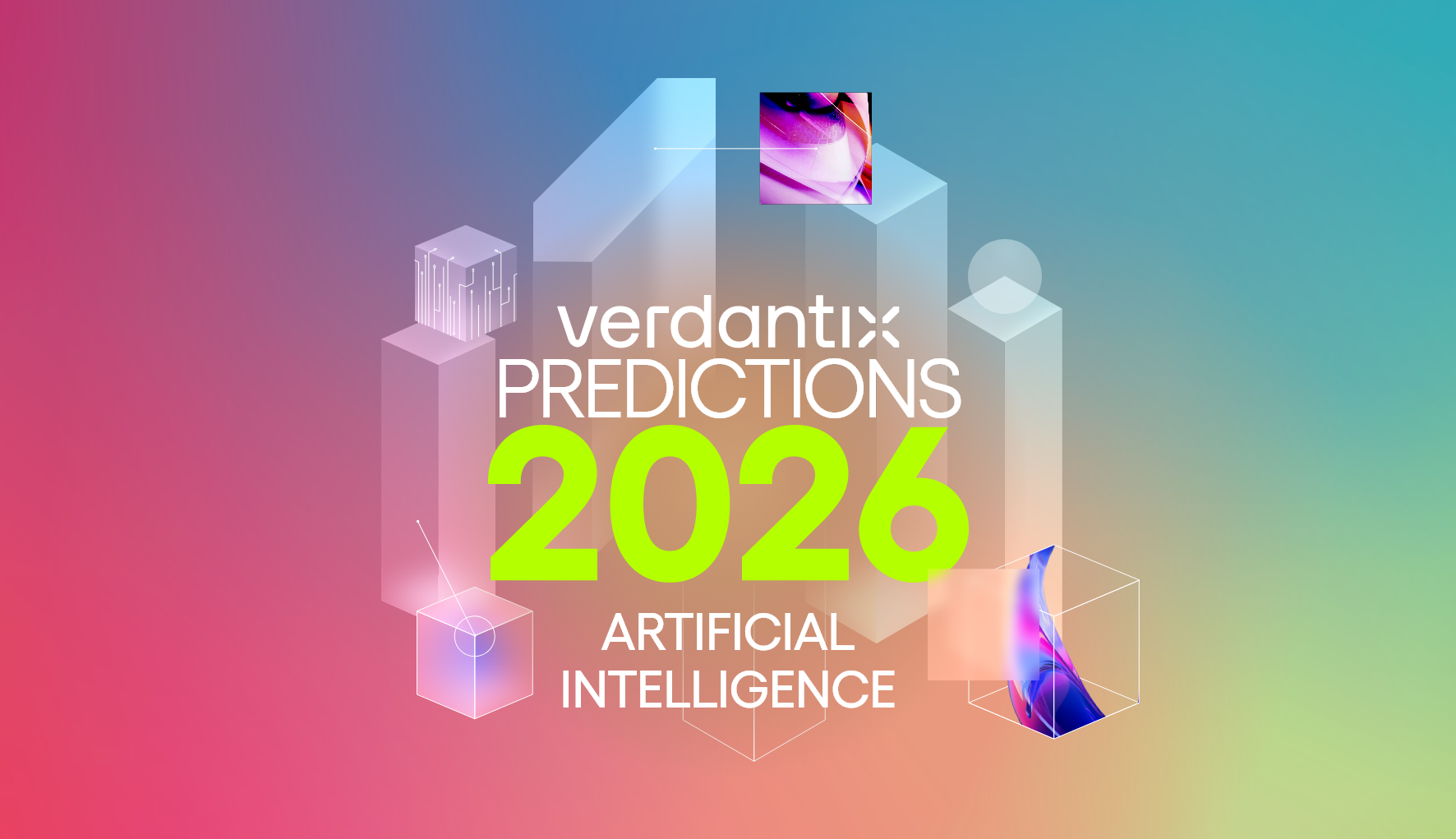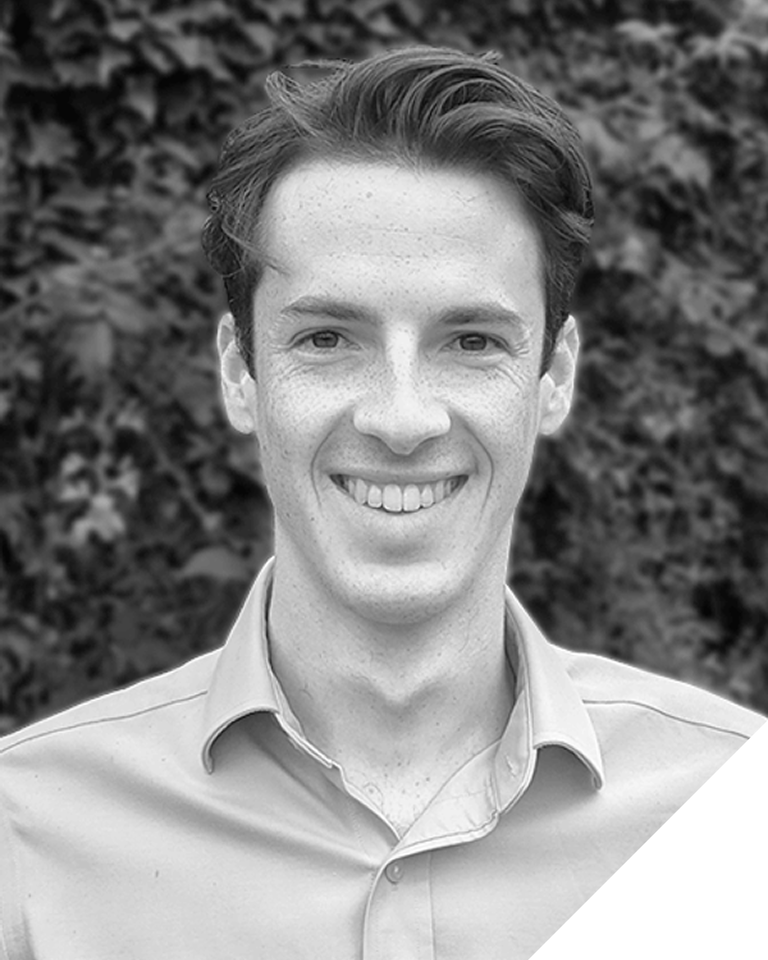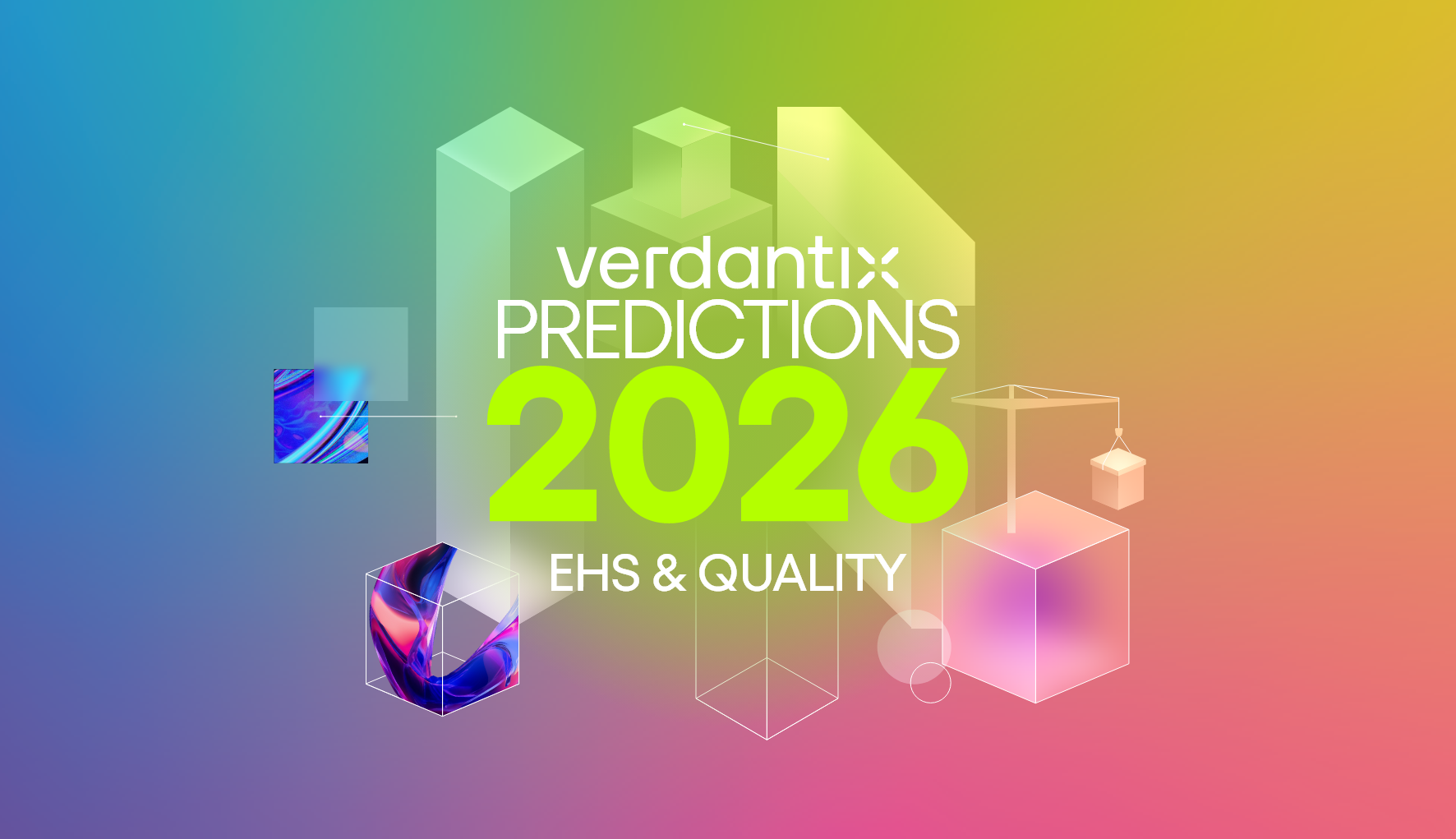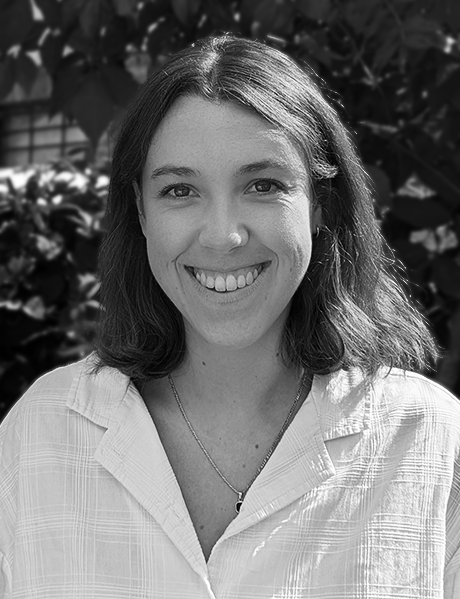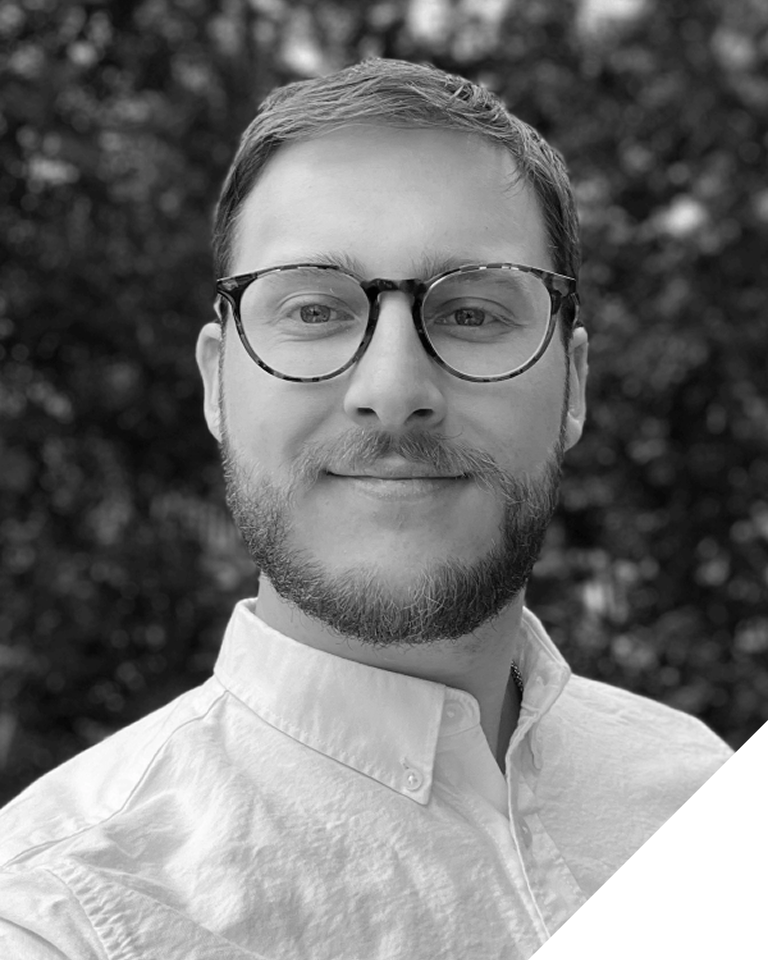Operational Risk Management Software Market Size And Forecast 2018-2038
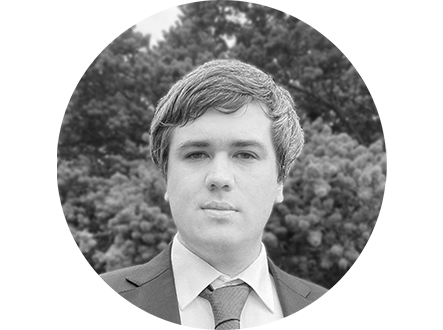
Sebastian Winter
21 Sep, 2018
Access this research
Access all Asset Performance Management Software content with a strategic subscription or buy this single report
Need help or have a question about this report? Contact us for assistance
Executive Summary
Software that supports risk management for industrial assets and production sites has been available for over 20 years. The market for operational risk management (ORM) software is now at an inflection point and is poised to expand rapidly out of the core petro-chemical and mining sectors. Future growth will be driven by customer demand to fulfil operational excellence plans, deliver enterprise risk management capabilities and launch digital transformation strategies. Vendors will meet these requirements by offering ORM systems which provide dynamic risk management capabilities using real-time data feeds from equipment condition monitors and workers using mobile devices and wearables. The ORM software market will grow from $1.3 billion in 2018 to $1.9 billion in 2023 and $3.0 billion in 2028. To benefit from this growth vendors will need to develop flexible product architectures which facilitate integration with other IT systems and can scale into multiple industries.
Forecasting The Operational Risk Management Software Market
The 2018 ORM Software Market Reflects Spending On A Patchwork Of Different Applications
The Operational Risk Management Software Market Is Worth $1.3 Billion In 2018
Three Vendor Categories Account For The Majority Of Spending On ORM Software
Asset Owners Provide The Largest Tranche Of Funding For ORM Software Investments
The Operational Risk Management Software Market Will Boom Over The Next 20 Years
Technology Adoption Algorithms Provide The Framework For The ORM Software Market Forecast
Digitization Of Industrial Assets Will Drive Growth In The ORM Software Market
In 2038 The Global Operational Risk Software Market Will Reach $14.6 Billion
Vendors Need To Shape Product Strategies To Meet Different Asset Class Requirements
Over The Twenty Year Forecast, Cloud Will Take The Biggest Share With Advances In Cybersecurity
The 2018 ORM Software Market Reflects Spending On A Patchwork Of Different Applications
The Operational Risk Management Software Market Is Worth $1.3 Billion In 2018
Three Vendor Categories Account For The Majority Of Spending On ORM Software
Asset Owners Provide The Largest Tranche Of Funding For ORM Software Investments
The Operational Risk Management Software Market Will Boom Over The Next 20 Years
Technology Adoption Algorithms Provide The Framework For The ORM Software Market Forecast
Digitization Of Industrial Assets Will Drive Growth In The ORM Software Market
In 2038 The Global Operational Risk Software Market Will Reach $14.6 Billion
Vendors Need To Shape Product Strategies To Meet Different Asset Class Requirements
Over The Twenty Year Forecast, Cloud Will Take The Biggest Share With Advances In Cybersecurity
Figure 1. ORM Software Market Split By Asset Class In 2018 ($ Million)
Figure 2. ORM Software Market Split By Country In 2018 ($ Million)
Figure 3. ORM Software Market Split By Vendor In 2018 ($ Million)
Figure 4. ORM Software Market Split By Budget Source In 2018 ($ Million)
Figure 5. ORM Software Market Spend Forecast 2018-2038
Figure 6. ORM Software Market Spend Forecast YoY Growth 2018-2038
Figure 7. ORM Software Market Spend Forecast By Asset Class 2018-2038
Figure 8. ORM Software Market Spend Forecast By Deployment 2018-2038
Figure 2. ORM Software Market Split By Country In 2018 ($ Million)
Figure 3. ORM Software Market Split By Vendor In 2018 ($ Million)
Figure 4. ORM Software Market Split By Budget Source In 2018 ($ Million)
Figure 5. ORM Software Market Spend Forecast 2018-2038
Figure 6. ORM Software Market Spend Forecast YoY Growth 2018-2038
Figure 7. ORM Software Market Spend Forecast By Asset Class 2018-2038
Figure 8. ORM Software Market Spend Forecast By Deployment 2018-2038
ABB, Accenture, Amazon Web Services, Ascend Performance Materials, AspenTech, AVEVA, Axnosis, BASF, Bentley Systems, Borealis, Bosch, BP, Centrica, Chevron, Copper Corporation, Cority, Dassault Systèmes, DevonWay, DNV GL, Enablon, eVision, Framatome, Gassco, GE, HandsHQ, Huntsman, IBM, Ineos, Intelex, IsoMetrix, Liverpool Street Station, Maptek, MetricStream, MineRP, OMV, Oracle, PetroChina, Petrotechnics, Qatar Petroleum, RAP International, Rio Tinto, RiskPoynt, Rockwell Automation, SAP, Saudi Aramco, Schlumberger, Shell, Siemens, SK Energy, SK Group, Solvay, Sphera, Suncor, Technip, TenForce, Total E&P Netherlands, Trimble, US Department of Defense, Vault Intelligence, VisiumKMS, Yokogawa
About the Authors
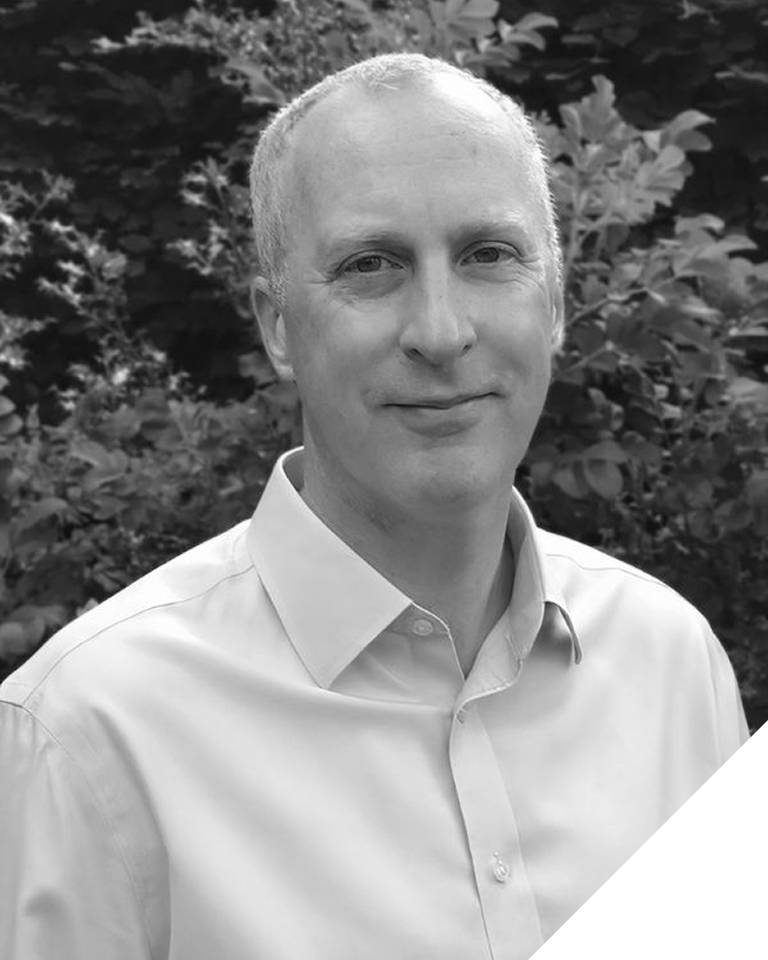
David Metcalfe
CEO and Co-Founder
David is the CEO and co-founder of Verdantix, where he leads the firm’s strategic direction and client engagement. Since co-founding the firm in 2008, David has built a ...
View Profile
Sebastian Winter
Industry Analyst
Sebastian is an Industry Analyst in the Verdantix Operational Excellence practice. His research agenda covers digital twins for industrial facilities, asset management softwar...




